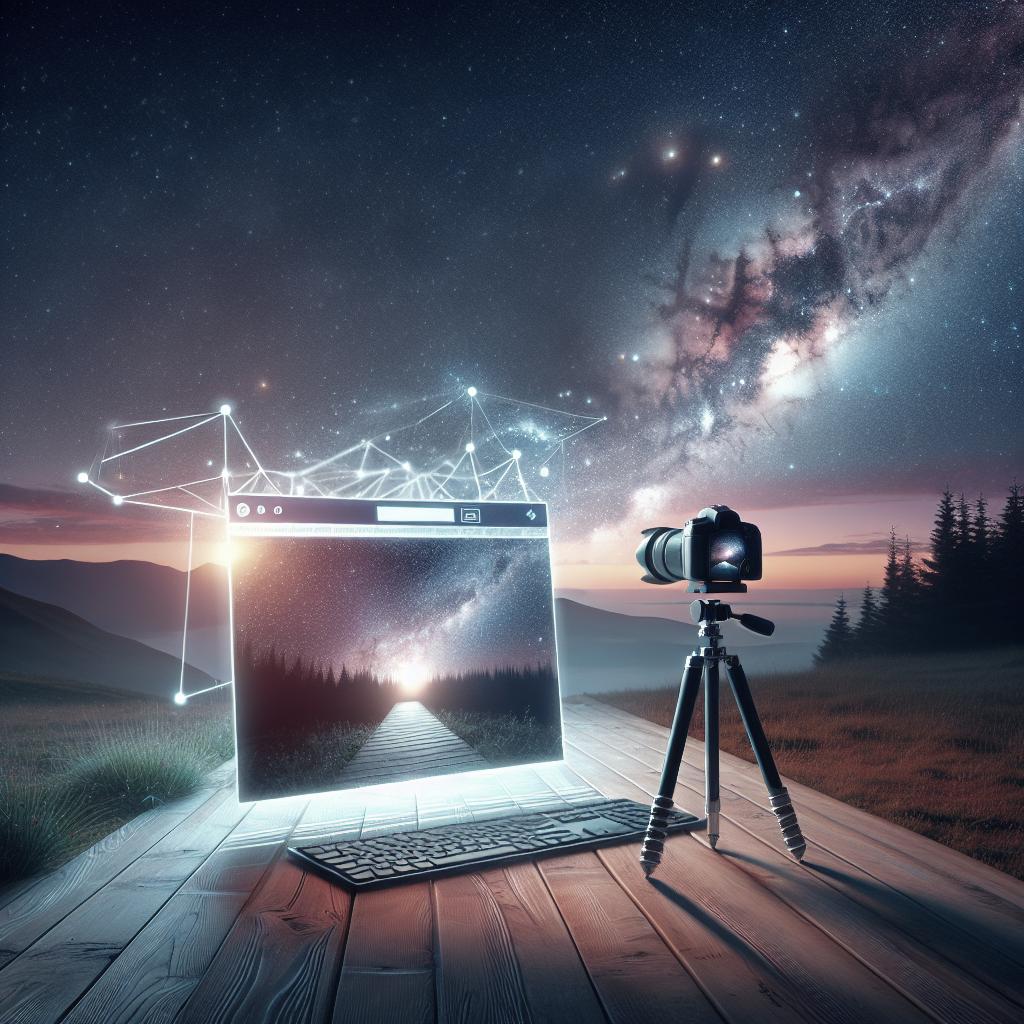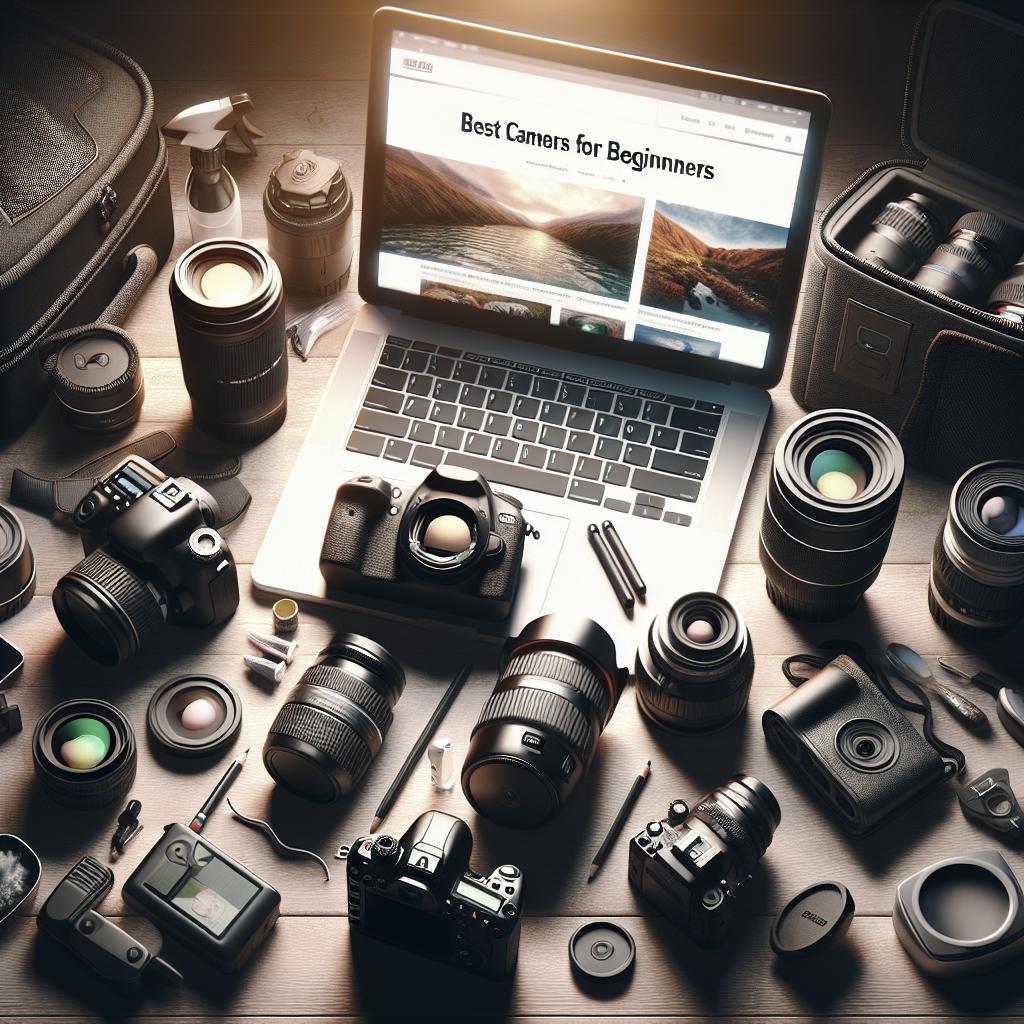Night photography captures the mesmerizing beauty that emerges after the sun sets, offering a unique perspective on the world. From star-studded skies to illuminated cityscapes, night photography can deliver stunning visuals that are worth mastering. This blog post serves as a comprehensive guide for anyone interested in learning night photography. We’ll explore the essentials, including the required gear, optimal camera settings, popular subjects, and post-processing tips. By the end, you’ll know exactly where to find the right tutorials and resources to excel in night photography.
What is Night Photography?
Night photography involves capturing images between dusk and dawn when natural lighting conditions are significantly reduced. This type of photography focuses on leveraging artificial light sources, long exposures, and higher ISO settings to create visually compelling images. The beauty of night photography lies in its ability to reveal aspects of a scene that are not visible to the naked eye, transforming ordinary subjects into extraordinary compositions.
Whether you’re interested in astrophotography, light trails, or nocturnal landscapes, night photography opens a realm of creative possibilities. Despite the challenges posed by low-light conditions, mastering night photography can result in visually stunning and highly rewarding photographs. Understanding the basics is crucial before diving into more advanced techniques, which we will outline in this guide.
What Gear Do I Need for Night Photography?
To start with night photography, the right gear can make a huge difference. A DSLR or mirrorless camera with manual settings is essential, as it allows for finer control over exposure, ISO, and aperture. A sturdy tripod is another must-have piece of equipment, enabling long exposure shots without camera shake. Investing in a remote shutter release or a timer function can also help reduce camera movement during shots.
Additionally, wide-angle lenses are ideal for capturing expansive night skies or urban landscapes. Consider lenses with wider apertures (f/2.8 or lower) to allow more light to hit the sensor. Lastly, don’t forget extra batteries and memory cards, as night photography sessions can be lengthy and demanding on your camera’s resources.
Camera Settings
The key to successful night photography lies in mastering your camera settings. Start with a low ISO setting (around 100-200) to minimize noise. However, in extremely dark conditions, you might need to increase the ISO, while being careful not to introduce too much grain. Adjust the aperture based on your lens capabilities, aiming for a wider aperture (f/2.8 – f/4) to capture more light.
Shutter speed is critical in night photography. Longer exposures (ranging from a few seconds to several minutes) can capture more light and detail, revealing beautiful elements such as star trails or smooth water surfaces. Experimentation and practice are essential as factors like ambient light, landscape, and subject can significantly influence settings.
What Night Photography Subjects Are There?
Night photography offers a plethora of intriguing subjects and scenes to capture. Astrophotography is immensely popular, focusing on celestial bodies like stars, the Milky Way, and occasionally, meteor showers or auroras. For urban explorers, cityscapes provide rich opportunities with illuminated buildings, streets, and light trails from vehicles, creating dynamic compositions.
Other captivating subjects include nature scenes like moonlit landscapes, reflective bodies of water, and night-time wildlife. Additionally, creative techniques such as light painting or photographing fireworks can result in striking images. The key is to explore different subjects and find what resonates most with your creative vision.
Post-Processing Night Images
Post-processing is indispensable in night photography, helping to enhance and refine the captured images. Begin by shooting in RAW format to retain maximum detail and flexibility during editing. Software like Adobe Lightroom or Photoshop can correct exposure, contrast, and color balance, bringing out the best in your night shots.
Noise reduction is a crucial aspect, given the increased ISO settings typical in night photography. Tools within editing software can effectively reduce graininess while preserving details. Lastly, you can use post-processing to emphasize particular elements, such as enhancing star visibility or deepening the colors in a cityscape, adding a professional polish to your images.
Lessons Learned
| Aspect | Summary |
|---|---|
| What is Night Photography? | Capturing images in low-light conditions with techniques that reveal hidden beauty and extraordinary compositions. |
| What Gear Do I Need? | DSLR or mirrorless camera, sturdy tripod, remote shutter release, wide-angle lenses, extra batteries and memory cards. |
| Camera Settings | Optimal settings include low ISO (100-200), wide aperture (f/2.8 – f/4), and long exposure times to capture light and detail effectively. |
| Subjects | Popular subjects include astrophotography, cityscapes, moonlit landscapes, and creative shots like light painting or fireworks. |
| Post-Processing | Enhancing images with software tools for exposure correction, noise reduction, and emphasizing specific elements for a polished look. |
Related Articles
- Top 10 Tips for Beginner Night Photographers
- Essential Night Photography Gear
- Mastering Long Exposure Photography
- Post-Processing Techniques for Night Photos


